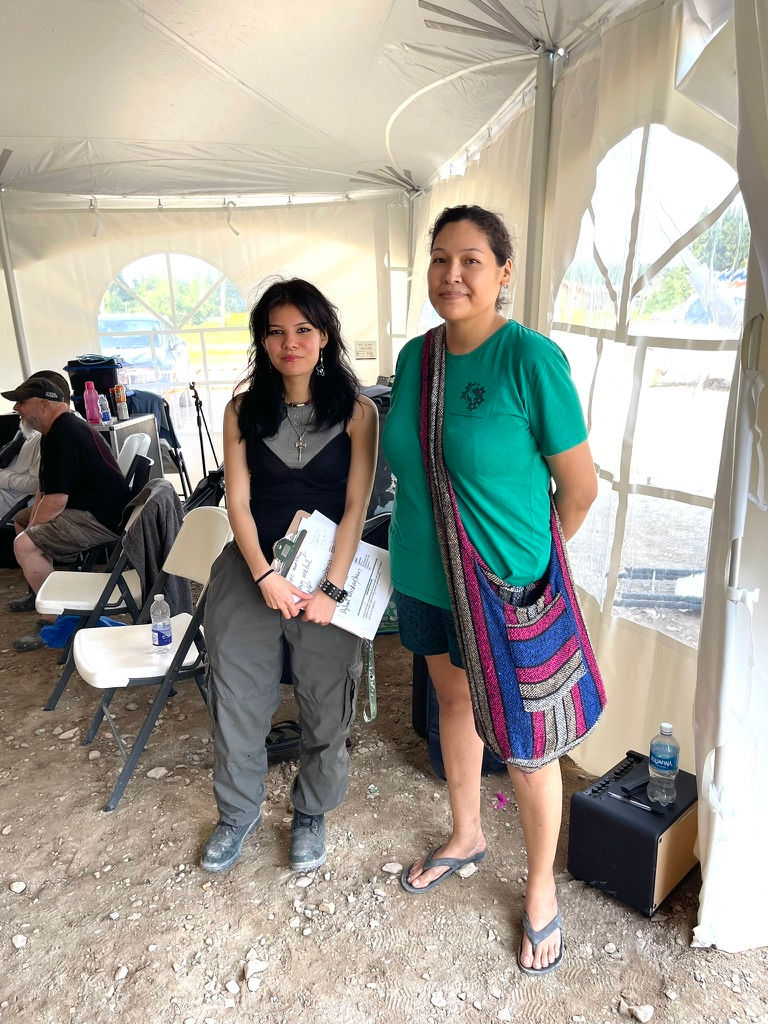Protecting Shorebirds, One Stopover at a Time
- Bella Cheechoo
- Jul 25
- 3 min read
Updated: Sep 5
Win one of three $100 cash prizes and more!
Every year, millions of shorebirds take to the skies, traveling thousands of kilometres between their Arctic breeding grounds and their non-breeding homes in Central and South America. These migrations are among the longest and most awe-inspiring journeys in the natural world.
Think flying thousands of miles is impressive?
The average shorebird covers so much ground in its lifetime, it’s like flying to the moon and back, no spaceship required!
Despite these impressive feats, for many of these birds the trip is getting harder and more dangerous.
Since 1970, shorebird populations have declined by more than 40% overall… and some species have lost over 90% of their numbers. One of the biggest reasons? The loss of vital stopover sites. These are the “gas stations” of migration: places where shorebirds pause to rest and refuel during their long journeys. Without them, many simply can’t make it.
Our mission is to protect migratory shorebirds by partnering with communities across the Americas to safeguard these critical sites. One of the most important regions is Omushkego Aski (Mushkegowuk territory) - AKA the James Bay Coast in Northern Canada, which serves not only as a vital stopover point but also as an essential breeding ground for several species. These coastal wetlands and mudflats offer the rich resources needed to raise the next generation of shorebirds.
Our work is rooted in land and resource protection, led by local Indigenous communities; an example being Moose Factory and Moosonee, who have protected and cared for these lands for generations. By supporting this stewardship and deepening ties to the land, we’re not just protecting birds; we’re protecting culture, knowledge, and connection to place.
But we know shorebirds don’t recognize borders, and neither should conservation. That’s why we’re also building relationships with communities further along the flyway, like those in Lagoa do Peixe, Brazil. This coastal area, also known as Fishpond, is a key stopover site for many of the same species that pass through Mushkegowuk territory. Local partners there are learning about shorebirds, protecting habitats, and looking to connect with others who share their passion.
The project goes beyond birds; it's about people, history, and place. To honour and strengthen these connections, Nature Canada and the MRHHA initiated a partnership this spring. A summer student role titled Community Organizer and Storyteller was established, and I was selected for the position.
With the support of other Nature Canada and MRHHA staff, and the MRHHA’s new Culture and Arts Committee, I am undertaking a number of initial projects including a survey of community knowledge on shorebirds and the creation of a self-guided Shorebirds Tour in the MRHHA Heritage Tour App that guides users through stories of local migratory birds, Indigenous knowledge, and natural history tied to Omushkego Aski. The app strengthens connections between past and present, between communities and the ecosystems they help protect.
I am also co-organizing and MCing a Voices Rising Youth Showcase Concert at this summer’s Moose Cree Gathering of Our People. This concert is also co-sponsored by Oshichikesiwuk Nanipek Omushkego Artists Collective. The goal is to further engage youth voices in blending arts and cultural storytelling with conservation.
Together, we are part of a larger effort; one that spans from the Canadian tundra to the Brazilian coast. Because when we protect shorebirds, we protect something bigger: the health of our ecosystems, the strength of our communities, and the beauty of a connected natural world.
Win a prize while helping inform educational programming for local schools. Fill out our shorebirds knowledge survey and we will enter you in a draw to win one of three $100 cash prizes, along with a hoodie and a bird book.
Learn more! Explore the Shorebirds Tour on MRHHA Heritage Tour App.
Connect with the project team for a chat.
Stay tuned to find out more about the connection Brazil & Canada share through shorebirds.
Calling all Omushkego Artists! Join Oshichikesiwuk Nanipek and find out how they can support your work in arts and culture.
Join us in safeguarding the journey for shorebirds and for the future we all share.
Bella Cheechoo, Summer Student
Community Organizer & Storyteller
Nature Canada / Moose River Heritage and Hospitality Association













